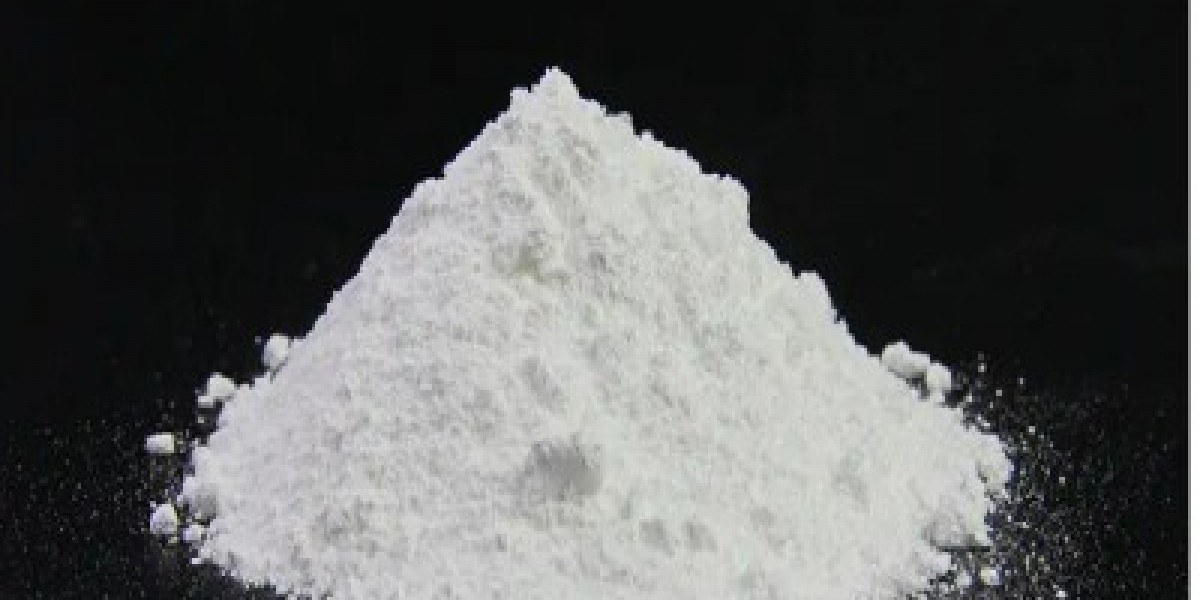The frequency of quality control checks for active pharmaceutical ingredient manufacturers can vary depending on several factors, including regulatory requirements, industry best practices, and the specific nature of the products being produced. Here are some general guidelines:
Regulatory Requirements
- Good Manufacturing Practices (GMP): Regulatory agencies such as the FDA and EMA require pharmaceutical manufacturers to adhere to GMP guidelines. These guidelines mandate regular quality control checks to ensure that products consistently meet quality standards.
- Good Laboratory Practices (GLP): For laboratories involved in the testing of pharmaceutical intermediates, GLP guidelines require rigorous documentation and regular audits to ensure the reliability and reproducibility of test results.
Industry Best Practices
- Initial and Ongoing Testing: Suppliers typically perform initial quality control checks on raw materials upon receipt. This is followed by ongoing testing at various stages of the production process to ensure that the intermediates meet the required specifications.
- Batch Testing: Each batch of pharmaceutical intermediates should be tested before release. This includes testing for purity, potency, and the presence of any impurities. The frequency of batch testing is determined by the production volume and the specific requirements of the end product.
Specific Frequency
- Daily Checks: For critical processes and high-volume production lines, daily quality control checks are common. These checks may include monitoring of reaction conditions, in-process testing, and visual inspections.
- Weekly and Monthly Audits: In addition to daily checks, weekly or monthly audits of the entire production process are conducted to identify any deviations from standard operating procedures (SOPs) and to ensure compliance with regulatory requirements.
- Annual Audits: Comprehensive annual audits are performed to review the overall quality management system. These audits assess the effectiveness of the quality control measures in place and identify areas for improvement.
Continuous Improvement
- Feedback Mechanisms: Active pharmaceutical ingredient manufacturers should have mechanisms in place to receive feedback from customers and regulatory bodies. This feedback can highlight any issues that require immediate attention and inform the frequency of quality control checks.
- Root Cause Analysis: When a quality issue is identified, a root cause analysis should be conducted to determine the underlying cause. This may lead to additional quality control checks being implemented to prevent recurrence.
In summary, the frequency of quality control checks for active pharmaceutical ingredient manufacturers should be determined by a combination of regulatory requirements, industry best practices, and the specific needs of the production process. Regular and rigorous quality control measures are essential to ensure the safety and efficacy of pharmaceutical products.








